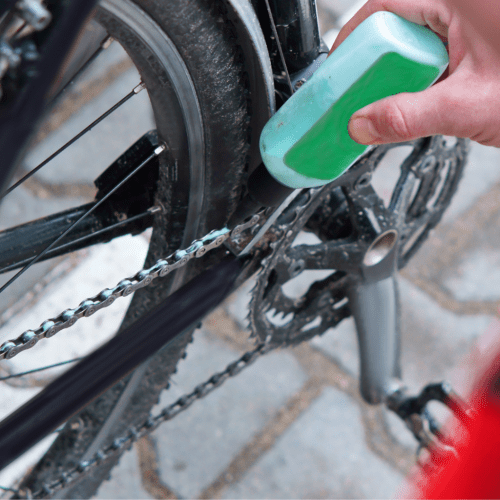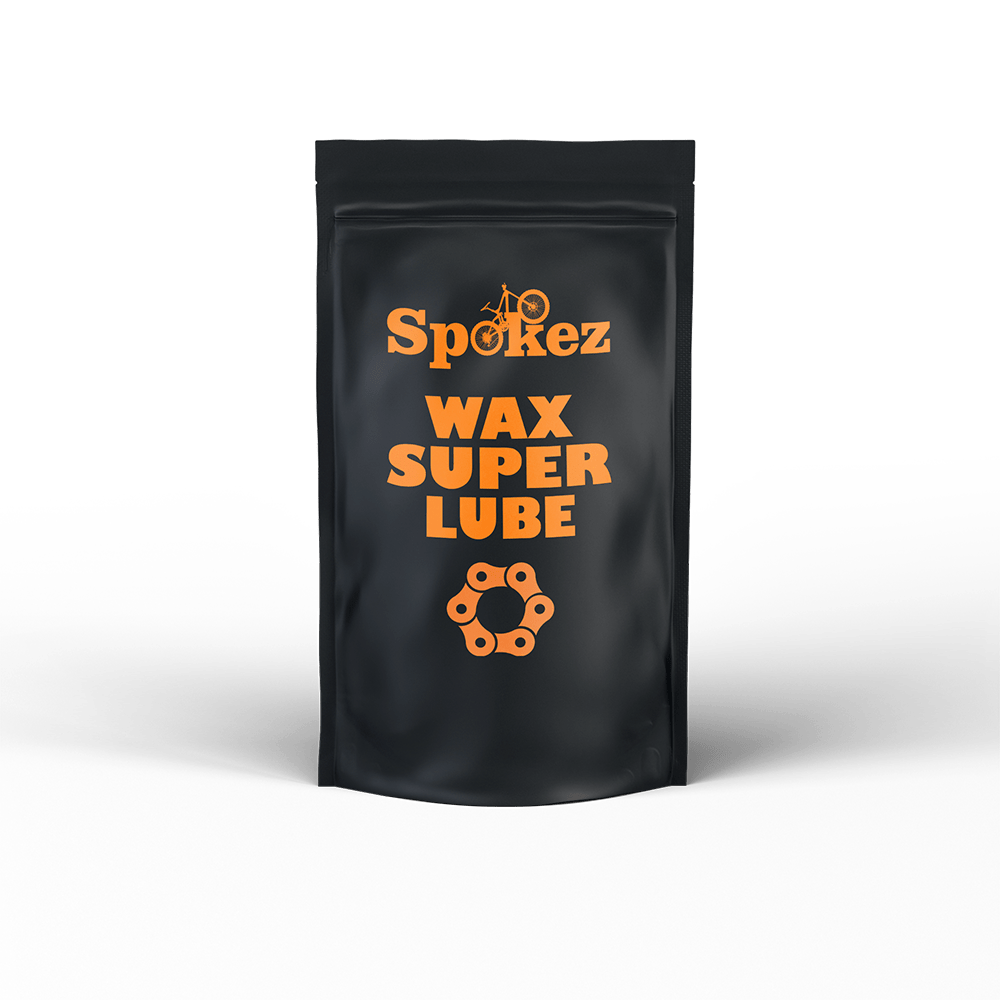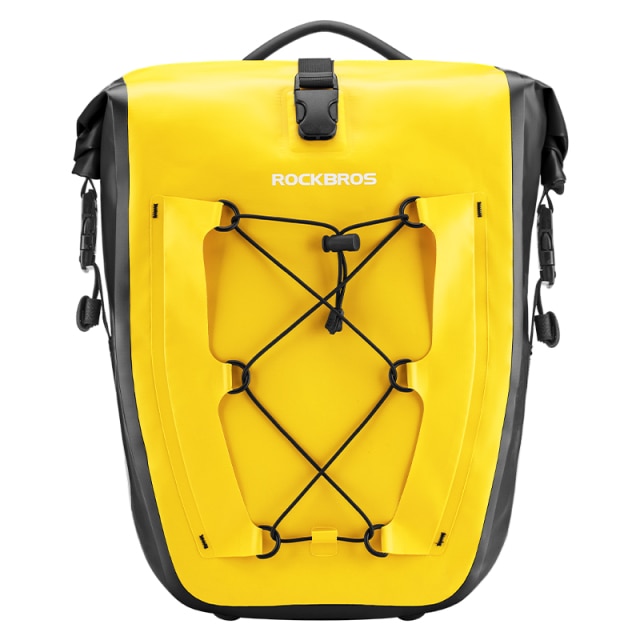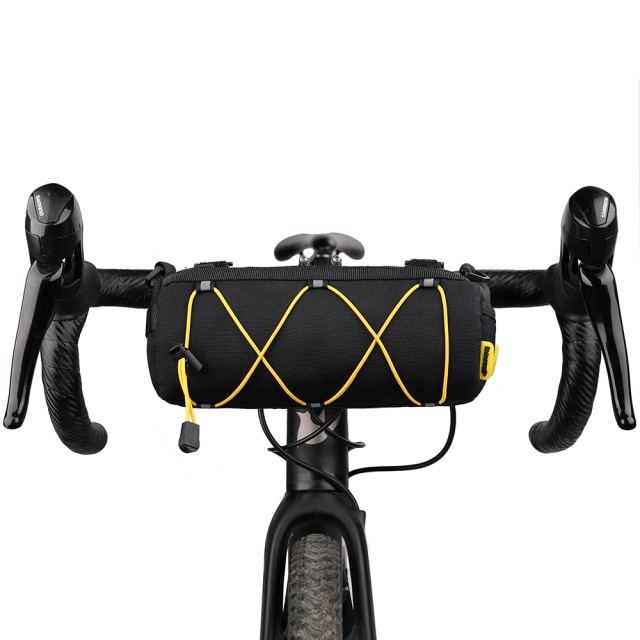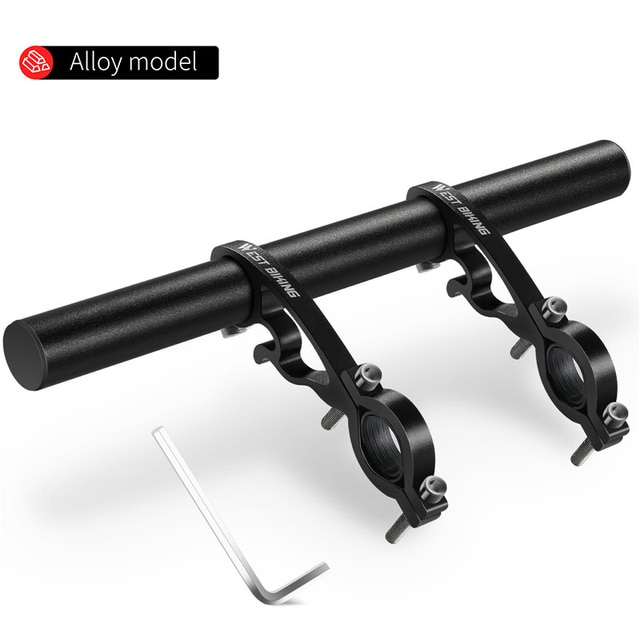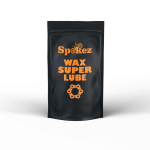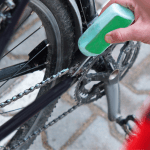A Beginner’s Guide To Lubricating Your Bike
A Beginner’s Guide To Lubricating Your Bike, If you’re a new cyclist, it’s essential to learn how to take care of your bike properly. Lubricating your bike is an essential part of maintaining it, and it can help prolong the life of your bike and make your rides smoother and more enjoyable. In this post, we’ll go over the importance of lubricating your bike, the different types of lubricants to use, and how to apply them to different parts of your bike.
Importance of Lubricating Your Bike
Lubrication is important because it reduces friction between moving parts. Friction can cause parts to wear out faster and create a less smooth ride. Lubrication also helps protect against rust and corrosion, which can be especially important if you ride in wet or humid conditions. Regular lubrication can extend the life of your bike and keep it in excellent condition for years to come.
Types of Lubricants to Use
There are many different types of lubricants on the market, but not all of them are suitable for bicycles. When choosing a lubricant, it’s essential to consider factors such as the type of riding you do, the weather conditions you ride in, and the parts of your bike that need lubrication. Here are some types of lubricants to consider:
- Chain lubricant: Chain lube is a specialized lubricant designed explicitly for bike chains. It is typically made from wax, oil, or a combination of the two. We recommend the Chain Wax Super Lube from Spokez for an effective and long-lasting solution.
- Grease: Grease is a heavy-duty lubricant that is perfect for bearings, threaded components, and other parts that require heavy lubrication. It is usually thicker than oil and provides better protection against corrosion.
- Oil: Bike oil is thinner than grease and is perfect for parts that require light lubrication, such as cables, derailleurs, and brake levers. We recommend using a dedicated bike oil like the Bike Chain Lube from Spokez.
- Dry Lubricant: Dry lubricants are ideal for dusty and dry conditions as they are less likely to attract dirt and grime. They are typically silicone-based and provide excellent protection against wear and tear.
A Beginner’s Guide To Lubricating Your Bike – How to Apply Lubricant to Different Parts of the Bike
A Beginner’s Guide To Lubricating Your Bike, Now that you know what types of lubricants to use, it’s time to learn how to apply them to different parts of your bike. Here are some guidelines to follow:
- Chain: Apply chain lube to each link of the chain, then wipe off the excess with a clean cloth.
- Derailleurs and Cables: Use a light oil to lubricate the moving parts of the derailleur and cables. Apply a small amount of oil to each pivot point and let it sit for a few minutes to penetrate.
- Brake Levers and Calipers: Apply a small amount of oil to the pivot points of the brake levers and calipers. Wipe off any excess oil with a clean cloth.
- Pedals and Crankset: Apply grease to the pedal threads and crankset bolts. This will help prevent them from seizing up over time.
- Seat Post and Stem: Apply a thin layer of grease to the seat post and stem to prevent them from seizing up in the frame.
A Beginner’s Guide To Lubricating Your Bike – Conclusion
Lubricating your bike is a simple but essential part of bike maintenance. By using the right lubricant and applying it correctly, you can keep your bike running smoothly and protect it from wear and tear.

